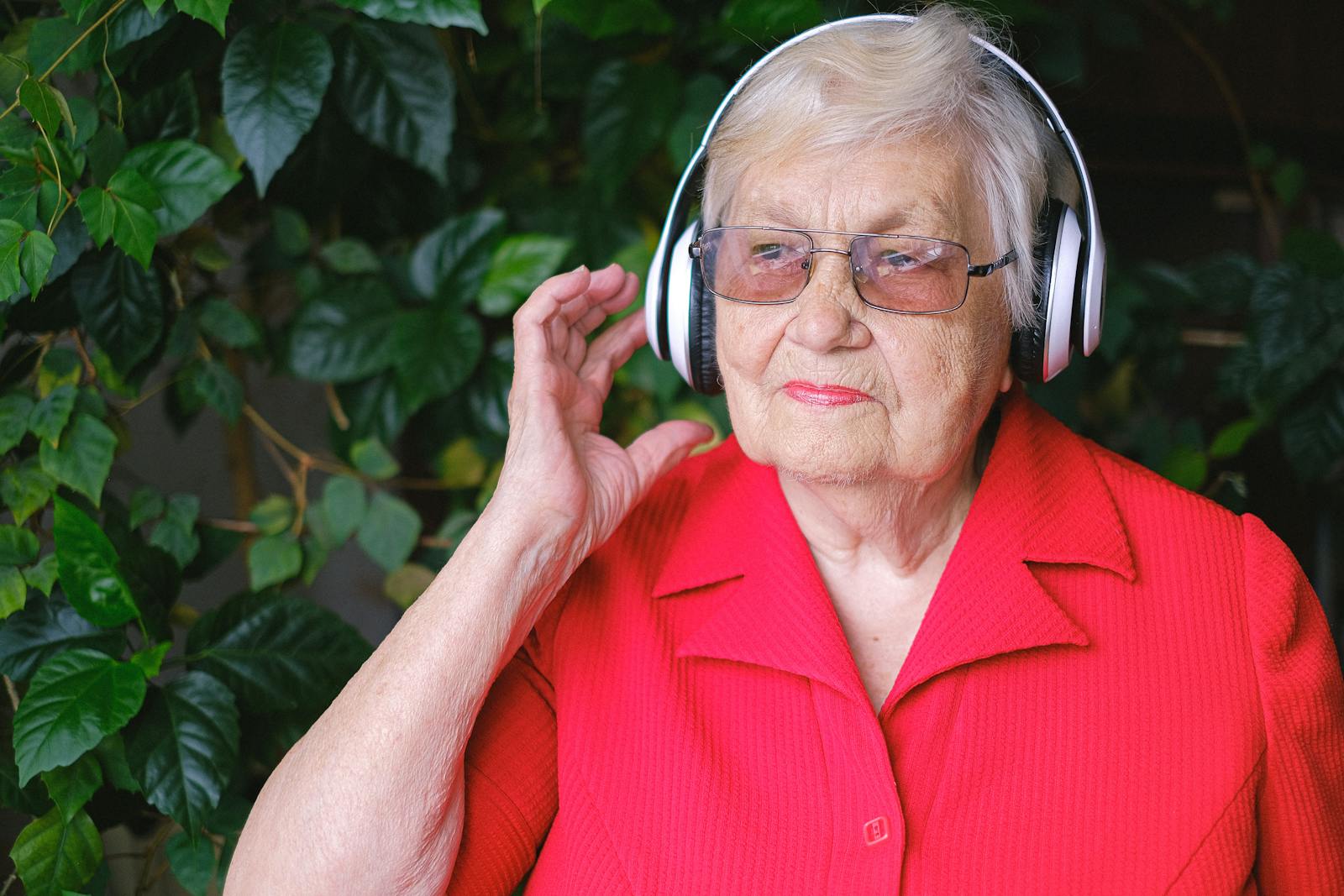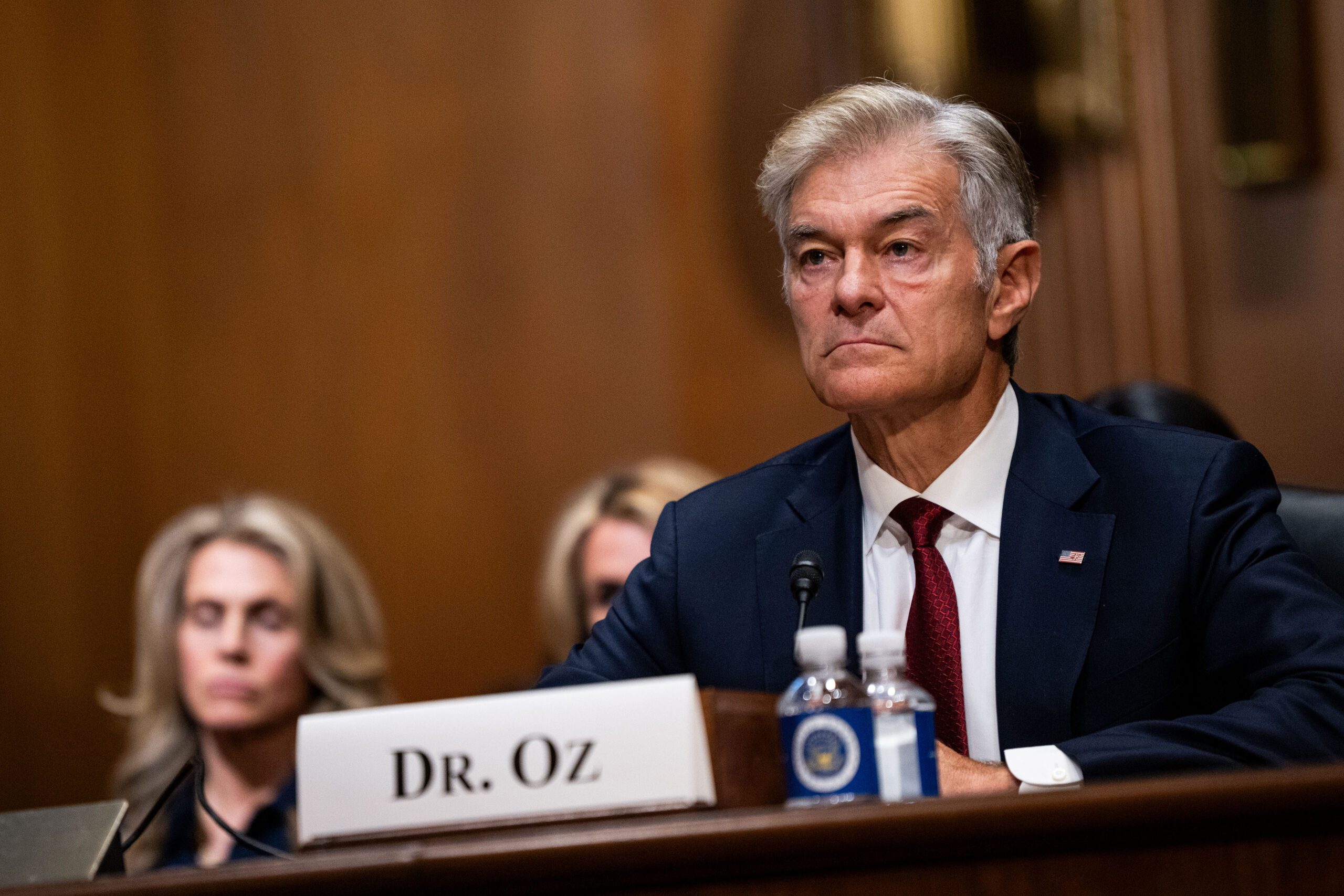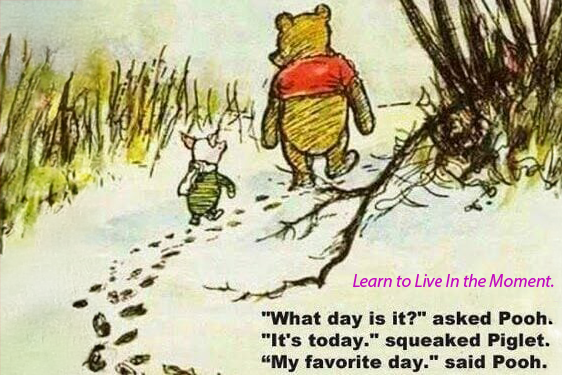By Ediriweera Desapriya, Crystal Ma, Kenneth Ong, Sandhita Saha
The prevalence of respiratory viruses tends to rise as we enter the fall and winter seasons. This year, the reduced circulation of respiratory viruses during the COVID-19 pandemic has left a larger portion of the population vulnerable.
Colder weather prompts more individuals to gather indoors, creating environments where viruses can spread more easily. Yet, many of the community-based strategies that were put in place to control the spread of COVID-19 have been relaxed. And people, overall, are less diligent in practicing personal hygiene and preventive behaviours compared to the peak of the COVID-19 pandemic.
Navigating unprecedented challenges
This year’s back-to-school season comes with its own challenges, including the ongoing battle against wildfires, COVID-19, the emergence of new variants and the looming threat of influenza and Respiratory Syncytial Virus (RSV). It is critically important that we vaccinate our children before the fall, ensuring a safe and uninterrupted learning environment.
The rising concern: EG.5 variant and beyond
As we edge closer to the school year, a COVID-19 variant known as EG.5 has caught the attention of health authorities. The World Health Organization has labelled it a variant of interest, emphasizing its potential impact on public health. Canada’s Health Minister has underscored the significance of keeping vaccinations up to date to curb the spread of this variant and other threats. Proactive measures to maintain immunizations and adhere to health precautions can help mitigate the impact as cases rise.
A comprehensive defence: Vaccinating against multiple threats
As the influenza season coincides with the start of the school year, the risk of disruptions due to illness becomes all too real. Last year, RSV posed a significant threat to our children. Coupled with the potential resurgence of influenza, the consequences could be severe. Vaccination is a comprehensive defence strategy against multiple contagious illnesses that can strain health-care systems and disrupt schooling.
Navigating the new normal: Preventing school closures
One of the lessons learned from the pandemic is the importance of maintaining safe and consistent education for our children. School closures can have profound negative effects on learning, development and mental well-being. By vaccinating our children and taking proactive measures, schools can be a safer environment, minimizing the risk of closures from outbreaks. The combination of proper vaccination, effective hygiene practices and continuous monitoring can pave the way for a smoother school year.
A call to action: Prioritizing vaccination
Vaccinating our children not only shields them from illness but also contributes to community immunity. As young students interact with family members, teachers and other students, their vaccination status plays a crucial role in preventing the spread of contagious diseases. By ensuring a high vaccination rate among children, we create a protective barrier that extends to those who are more vulnerable, such as the elderly and immunocompromised individuals.
The new school year is a call to action for parents, educators and policymakers to work together to ensure a safe and healthy learning environment. By prioritizing vaccination, we can equip our children with the best possible defence against myriad threats, allowing them to thrive academically, socially and emotionally.
Together, we can shape a brighter and more resilient future for our young learners.
AAP’s tips for healthy learning environments in the new school year
The American Academy of Pediatrics (AAP) valuable tips for a successful school year reopening in 2023 underscores the importance of vaccination to ensure children’s safety as they return to classrooms. Children are encouraged to play their part by maintaining healthy habits such as sufficient sleep, a balanced diet and regular physical activity, fundamentals that contribute to overall well-being. Staying home if one has symptoms is also necessary to limit the potential spread of viruses. It is also important to continue practicing hand hygiene at home and in the community.
The AAP acknowledges that some level of apprehension is normal for students returning to school, especially if they are entering new classrooms with different teachers and classmates. AAP suggests families ease these worries by acknowledging shared feelings and practicing scenarios of entering new situations. Open communication is essential: Parents should inquire about their children’s concerns and work together to find solutions.
A significant recommendation in AAP’s comprehensive list of 12 tips is for parents to schedule a back-to-school physical if their child hasn’t had one within the past year. This physical should also include any necessary vaccinations.
Empowering education: Upholding COVID-19 prevention in schools amid shifting pandemic phases
The World Health Organization’s recent declaration that COVID-19 is no longer a “global health emergency” while still recognizing its status as an ongoing health threat holds profound implications for the implementation of public health measures. This shift in perspective has brought the focus onto community-level strategies, including those in schools, to uphold the principles of precaution and protection against the virus.
The transition from the pandemic emergency phase to the post-pandemic phase has sparked essential discussions regarding the practicality and imperative of sustaining population-based COVID-19 preventive efforts. It is worth noting that despite this transition, Canadian public health experts have stressed that COVID-19’s challenges will persist for years and have enduring impacts on health-care systems.
The data emphasizes the continued impact of COVID-19 and serves as a reminder that the pandemic is not over.
Between Aug. 16, 2023, and Aug. 22, 2023:
- the total number of hospital beds occupied by COVID-19 patients increased from 1,723 to 1,836 .
- the number of non-ICU beds occupied by COVID-19 patients increased from 1,671 to 1,776.
- the number of ICU beds occupied by COVID-19 patients increased from 52 to 60.
- the number of COVID-19 patients who were mechanically vented increased from 55 to 63.
Within this context, several critical factors emphasize the intricacies of maintaining these measures:
Variable public perception: The potential misinterpretation of the pandemic’s end as a complete eradication of risk could lead to a decline in adherence to preventive measures. This misalignment with the ongoing presence of SARS-CoV-2 and other respiratory viruses necessitates vigilance.
Behavioural adaptation: The pandemic has catalyzed significant shifts in societal behaviours, including mask-wearing, physical distancing and hygiene practices. Forgetting these adaptations and reinstating preventive measures would pose a formidable challenge.
Complexity of variants: The emergence of new variants, each with unique transmission and immune evasion characteristics, adds complexity. The potential for localized outbreaks underscores the ongoing need for preventive measures.
Health equity and vulnerable populations: COVID-19’s highlighted health disparities and vulnerabilities, reinforcing the importance of safeguarding high-risk groups like the elderly, immunocompromised and those with underlying conditions. Premature cessation of prevention could amplify these inequities.
COVID-19 may no longer be considered a global emergency, but it is not as benign as the flu.
COVID-19 may no longer be considered a global emergency, but it is important to recognize that it is not as benign as the typical strain of flu we encounter annually. To protect our communities and help our health-care system recover, our everyday efforts become all the more important.
The endeavour to uphold preventive measures is crucial to mitigate the risk of potential outbreaks in high-risk community settings. This responsibility transcends mere compliance, seeking to cultivate a collective understanding of the ongoing threat and shared commitment to safeguarding public health.
This collective effort, informed by the lessons learned from the pandemic, reflects a holistic approach to ensuring the health and well-being of vulnerable communities worldwide.
Appendix -1 Harnessing lessons for safer schools: Building evidence-based strategies from lessons learned
As we embark on the new school year, the lessons we have learned from the ongoing COVID-19 pandemic serve as our compass, guiding us toward effective strategies while helping us discern the ones that fall short. These lessons have illuminated the path toward creating a safer environment for our students, teachers, as well as parents, siblings, and immunocompromised grandparents at home. Let’s dig deep into these insights to inform our resource allocation and fortify our commitment to evidence-based interventions in the event of COVID-19 emergency.
AAP: 8 Lessons Learned from the Ongoing COVID-19 Pandemic Lesson #1 School closures were necessary at the pandemic’s start but should have been brief. Prioritize swift school reopening. Lesson #2 Universal masking is highly effective in preventing within-school transmission. Use masking as a bridge until vaccination and keep schools open safely. Lesson #3 Children can and will mask appropriately. Report data systematically, use multilayer cloth masks, and introduce more effective options as they become available. Lesson #4 Hybrid education is not supported by data when other mitigation strategies are in place. Prioritize full, in-person education with universal masking. Lesson #5 Exclusion from school after COVID-19 exposure is not effective. Allow exposed individuals to stay in school with strict masking and, if needed, use serial rapid antigen testing. Lesson #6 Focus improved ventilation where masking adherence is not feasible, such as special needs classrooms. Lesson #7 School-based asymptomatic screening testing is not effective. Prioritize testing for symptomatic attendees and utilize testing to facilitate attendance and activities. Lesson #8 Vaccine development in children was unnecessarily delayed. Enroll adolescents in adult vaccine trials and conduct pediatric trials in parallel to accelerate vaccine availability for all ages.In the new school year, let’s weave these lessons into our strategies. By investing resources wisely, guided by evidence and insights, we cultivate an environment that nurtures education, health and well-being for all.
![]()
—
Previously Published on healthydebate.ca with Creative Commons License
***
You Might Also Like These From The Good Men Project
 Compliments Men Want to Hear More Often
Compliments Men Want to Hear More Often  Relationships Aren’t Easy, But They’re Worth It
Relationships Aren’t Easy, But They’re Worth It  The One Thing Men Want More Than Sex
The One Thing Men Want More Than Sex  ..A Man’s Kiss Tells You Everything
..A Man’s Kiss Tells You Everything Join The Good Men Project as a Premium Member today.
All Premium Members get to view The Good Men Project with NO ADS. A $50 annual membership gives you an all access pass. You can be a part of every call, group, class and community. A $25 annual membership gives you access to one class, one Social Interest group and our online communities. A $12 annual membership gives you access to our Friday calls with the publisher, our online community. Need more info? A complete list of benefits is here.
—
Photo credit: iStock
The post Safeguarding Our Children: Vaccination’s Crucial Role in Navigating the Coming School Year appeared first on The Good Men Project.
Original Article










